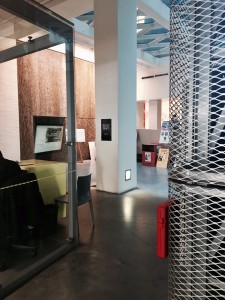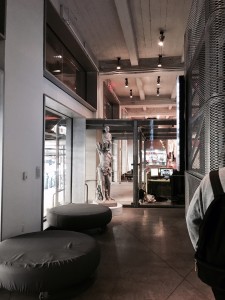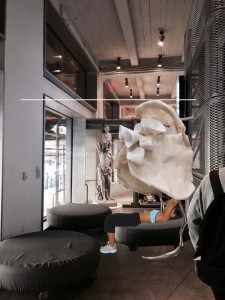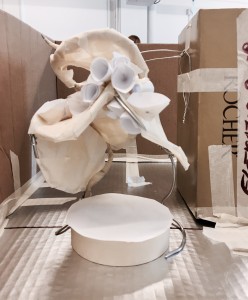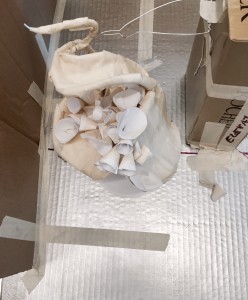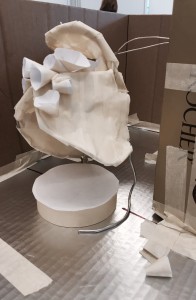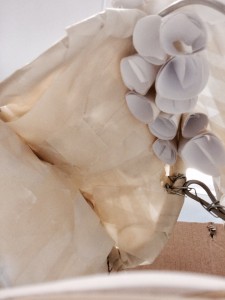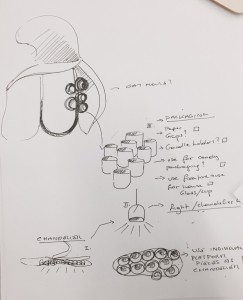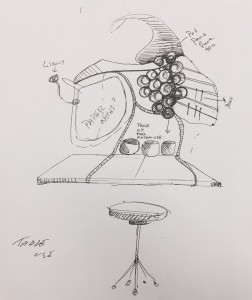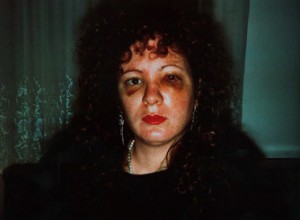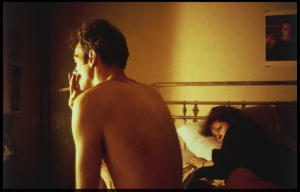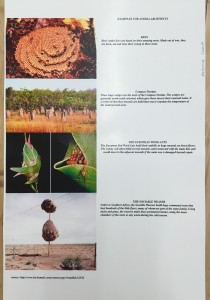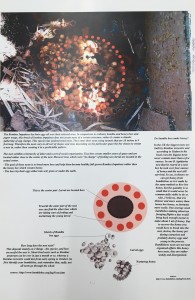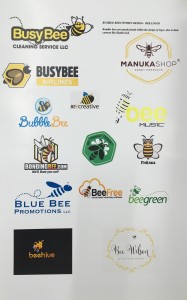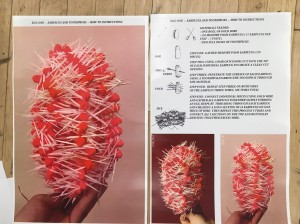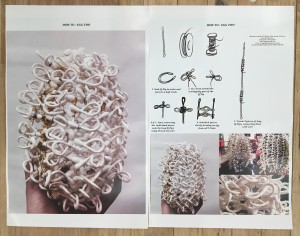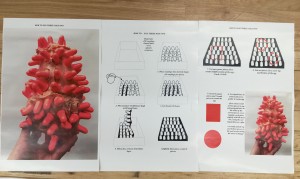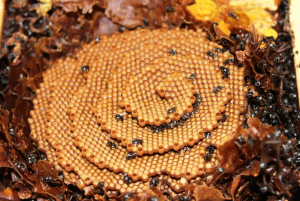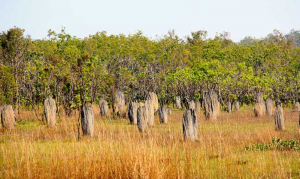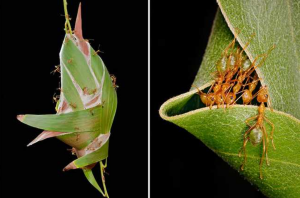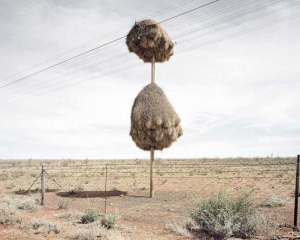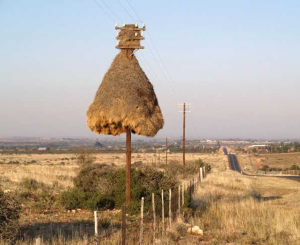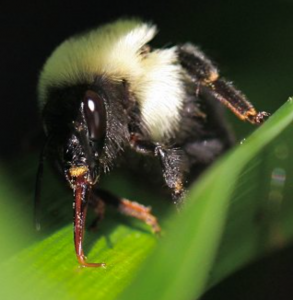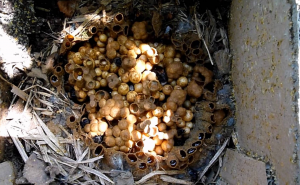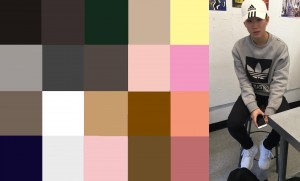Seminar One:
Objects convey political issues: The Rolex Watch (Bridge 3)
Antonia Groh
The Rolex Watch
How can an object change one’s status – how can it change one’s perspective and identity?
It was peculiar how the watch came to me. I would have never expected it. It was like a gift, a friend, a loyal companion that one day was given to me and was never to leave my side again. An emblem of not only my parents but their unconditional love to me.
It was my 18th birthday when the exchange happened. The well-known watch that had been given to my mother for my birth by my father now was slid onto my bony wrist and looked shiny and new. Yet it wasn’t and that is what made it so special. I thought of the watch almost as if it was my protector, my little angel so to speak, resting on my wrist, ever always by my side, protecting me.
I knew I could never loose it or I would be in deep despair, yet I was not afraid to wear it as I knew it was meant to be with me at all times. However, wearing a watch like this, a precious object, comes with the responsibility I could have never imagined. Walking back home late becomes an ever-growing struggle, as if the dangers of the night, a burger, an evil would hunt me down, it would not just be a possession that would be stolen from me. No. It would be as if they would ‘rip my heart of my wrist’, would take the last piece of my father I have from me, as the watch was his last present to me before he passed. So I never walk alone. I guess it is the name which makes it precious. Rolex. What does it mean anyway? How can a name create such demand, generate such excitement and jealousy over a possession?
I remember I was at school, it was the first day after my 18th birthday, I was wearing the watch. A girl approached me, staring at the watch as if she was thirsty for it. She stared into my eyes, her eyes bloodshot, scarlet-coloured, full of jealousy. At first, I was confused, how could I have upset her? I never knew a watch could create an enemy.
I will always remember this frightful look in that girl’s eyes, afraid she might not be ‘good enough’, ‘worthy’ to be my friend, simply because she did not own a precious watch as such. I shall never understand such stupidity. How would one not be worthy of being a friend simply due to the choice of accessory? It is a riddle to me.
One day, I was lost in thought, curious and eager to try a social experiment. How would people react if I did not wear my watch in school anymore, would they treat me differently? Ever and always wondering, I finally took it off, my wrist felt naked, exposed. I had not seen this part of my flesh in a while. 4 months I believe. My skin was pale and soft and a tan-line occurred where the watch had rested.
It felt peculiar not wearing my watch. A strange sensation overcame me as if I was not whole anymore, lacking some sort of piece of my own. I joked with a friend, I was a robot and one of my screws had gone missing.
Once I arrived at school, I did not know what to expect, would people even notice I was not wearing it? Would it be different, would I be different in their eyes not rich enough anymore to be ‘cool’?
The day carried on as usual, which resulted in me being greatly disappointed with my social experiment, yet positively surprised that my naked wrist did not alter my friendships. Then, as this thought overcame my inquiring mind, a girl, the same one who had stared at my watch for the last months with a hunger greater than I could capture with words, she came up to me saying: ‘Where is that fancy watch of yours, lost it? I bet mom and daddy won’t be so happy with their little angel now, huh.’ Slowly turning my head, I looked at her. My bright green eyes burning themselves into her soul. Quiet, no words escaped my mouth, I said everything I needed with just one look. She fled. Never will I forget the sense of satisfaction she seemed to have felt, as she suddenly was able to talk down to me once again, simply due to me not flaunting my wealth, distinguishing me from her social circle.
How is it that we are pressured to be put within a social group or be defined by status? I often wondered if it was singularly Austrian society that was so defined by the material things in life and what they seemed to represent, yet I soon was brought to awareness, that in England and most other parts of the world worked the same way. It saddened me. However, I guess there is an upside to it, an association can be used to manipulate thoughts, make someone think of you as more important, more worthy of respect if you dress the part. A lesson I learned from very early age. Yet I don’t agree with this sort of lifestyle- always pretending to be something which might not be true to someone’s personality at all- a mask created by social insecurities. No. That is not a life fully lived.
Yet when I traveled to Greece, Paros, an island which seems to be sheltered from the rest of civilization, I had a bizarre awakening. When I encountered new people, made new friends, shaking their hands exposing my watch, it did not seem to define me whatsoever. It was incredibly refreshing, almost exhilarating. It was me who was seen, liked for my wit and heart, not my wristwatch or what it may represent. This occurrence made me rethink the identity this object had given me, the status and the light in which it represented me. I asked myself – what impact did I have on society and in which sense or rather than myself, what impact did my watch and in particularly its brand have on my fellow peers? I never knew how much power one objects could have in persuading someone to be your companion or treat you more respectfully, think of you with more admiration and desire you to be part of their social group. It shook me to my bone. Ultimately I came to the conclusion, my watch, my identity of wealth, it was like a secret ‘super power’. Like a magnet. It would catapult me to new dimensions, new possibilities, open doors for me, yet also make me invisible at the same time.
The watch or much more its meaning, its association made me become a shadow of myself, a ghostly figure shaped by others believes. Strangely this was only the case when I was surrounded by the wealthy. I found myself getting lost in the excess and blinding beauty of possessions. Strangely the second I found myself surrounded by others who were of a less excessive social class, more exposed to a traditional lifestyle and culture, I wasn’t overlooked. No. I was radiating, I was seen as different, the ‘odd one out’, as no-one else could have possibly been able to afford to own a watch of this worth. So I was confused, does that mean I cannot win, no scenario can lead to a ‘happy end’ in which material possessions are indifferent and humanity cares for one’s heart, one’s character, not just one’s bank account and what it could provide? Will I always be an outsider, not ‘rich enough’ for the ‘big league’, not ‘poor enough’ for the ‘ordinary people’? I guess the pursuit of a sensation, commonly defined by the term ‘fitting in’ it is a losing game. I felt like a lone cowboy stranded in the desert. No-one around who could possibly comprehend my wondering, my curious yet humble nature. All I wanted was to wear my watch as an homage to my parents, not as a symbol of prestige.
I guess society has been blinded for a long time by the ‘shiny’ things in life. So I find it exceedingly humorous how most people constantly insist on pretending not to worship any material possessions, as it is made out to be uncouth to care for wealth, yet it is a constant component of the definition of one’s esteem. How very amusing.
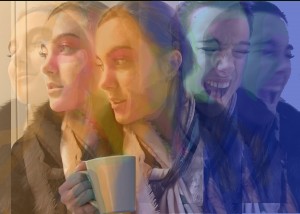
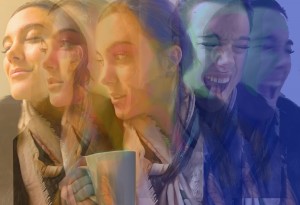
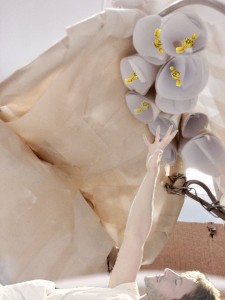 Also, I placed little honey flavored pieces of candy inside each of the little nest structures, so that the persons experiencing the space may take a candy.(A) This aspect can be seen as a metaphor for the larval being nurtured by honey the bumble bees create, so when the human eats the candy, it is as if they were nurtured by the structure.
Also, I placed little honey flavored pieces of candy inside each of the little nest structures, so that the persons experiencing the space may take a candy.(A) This aspect can be seen as a metaphor for the larval being nurtured by honey the bumble bees create, so when the human eats the candy, it is as if they were nurtured by the structure.